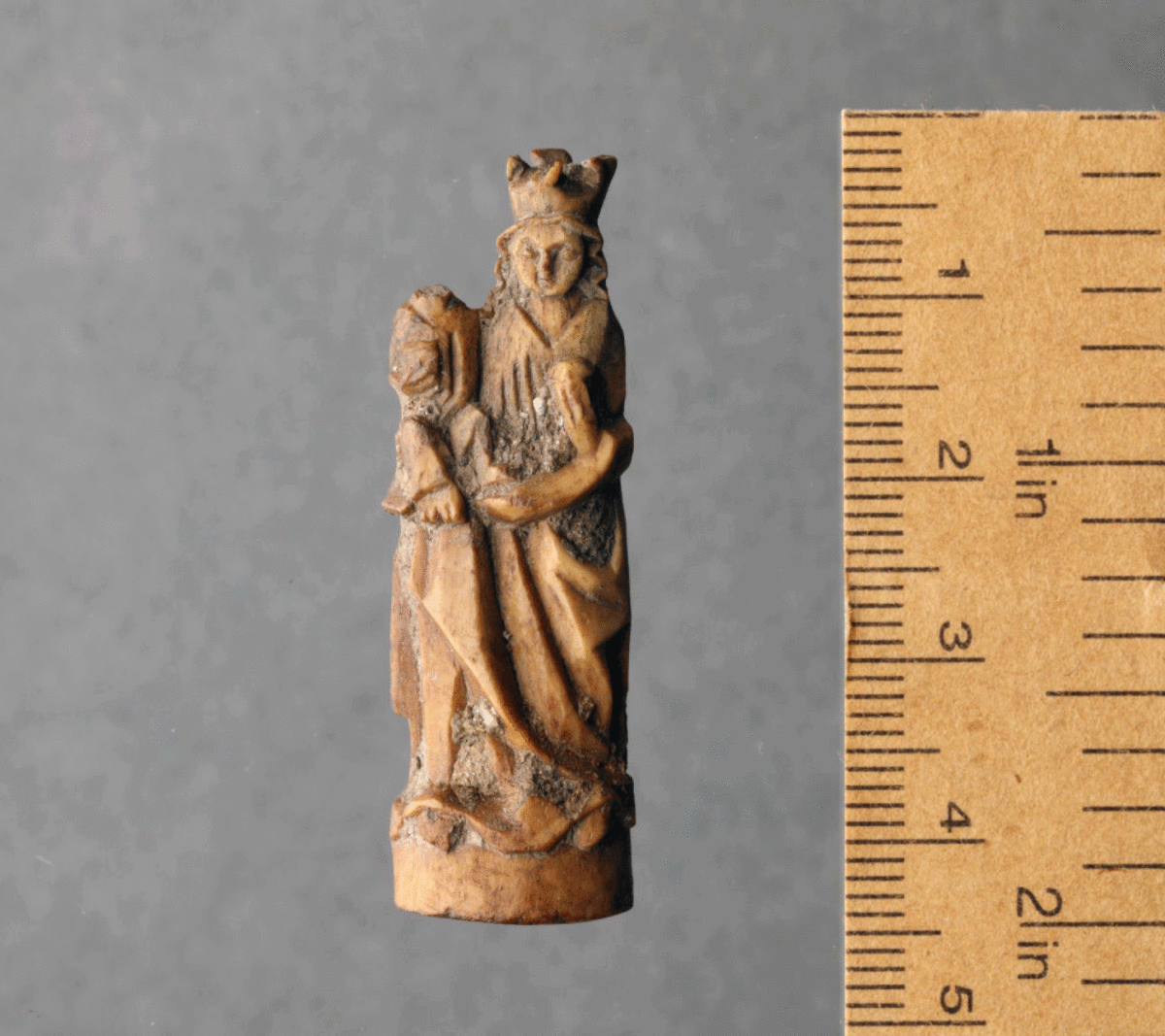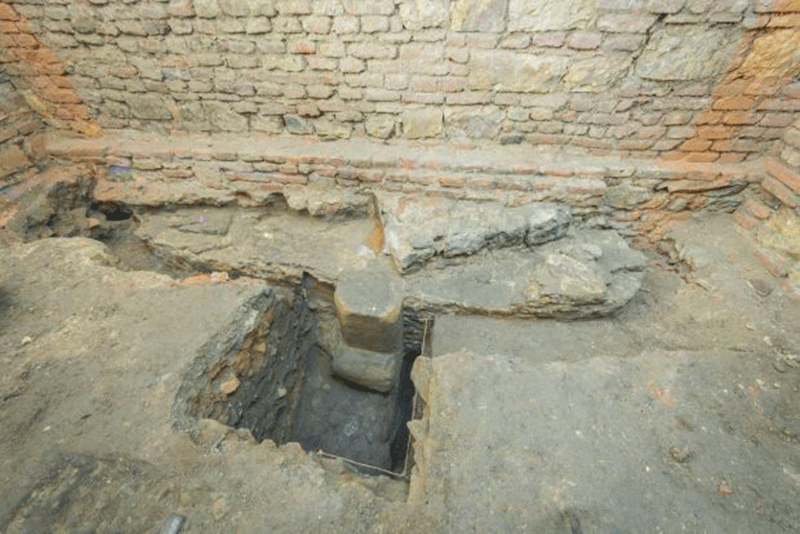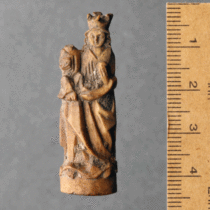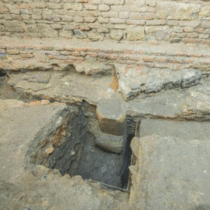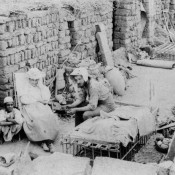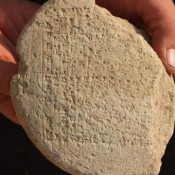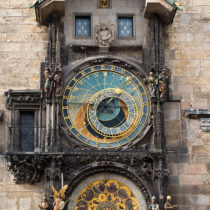The findings from two excavations in the centre of Prague have been published by the City of Prague museum, including items from Medieval Times and a rare statuette of a Madonna.
Among other places the excavations focused on the St. Valentine’s Gate in the Old Town where archaeologists found evidence an older gate which was initially standing in its place. It was made of an oak that was felled in 1239, leading researchers to the conclusion that the Prague fortifications there date to the mid-13th century.
The results from Wenceslas Square include everyday objects that provide information about everyday life all the way to Medieval Times, from the mid-14th to the end of the 16th century. The Square used to be called the Horse Market, one of the three main markets of the City of Prague, where horses as well as agricultural products and crafts were being sold. This had led to the creation of piles of waste, which would be now and then be covered with pebbles from the Vltava River. In the layers of waste various medieval household fragments were found, such as animal bones from kitchens, fragments of ceramic tableware and horseshoes. Researchers were thus able to identify the diet people followed at the time. The ceramic fragments provide information of the way kitchens were working.
Another rare discovery from Wenceslas Square was also a statuette of a Madonna, engraved from an animal horn of an identified so far animal. It is about 3cm tall and represents the Virgin Mary holding baby Jesus in her arms. A small metal device on her back indicates the statuette was probably attached to some object, perhaps a home altar. It wouldn’t have been discarded, since people would not throw away such an item, but most probably lost at some point.
The items will be processes and classified and then they will go on display.
